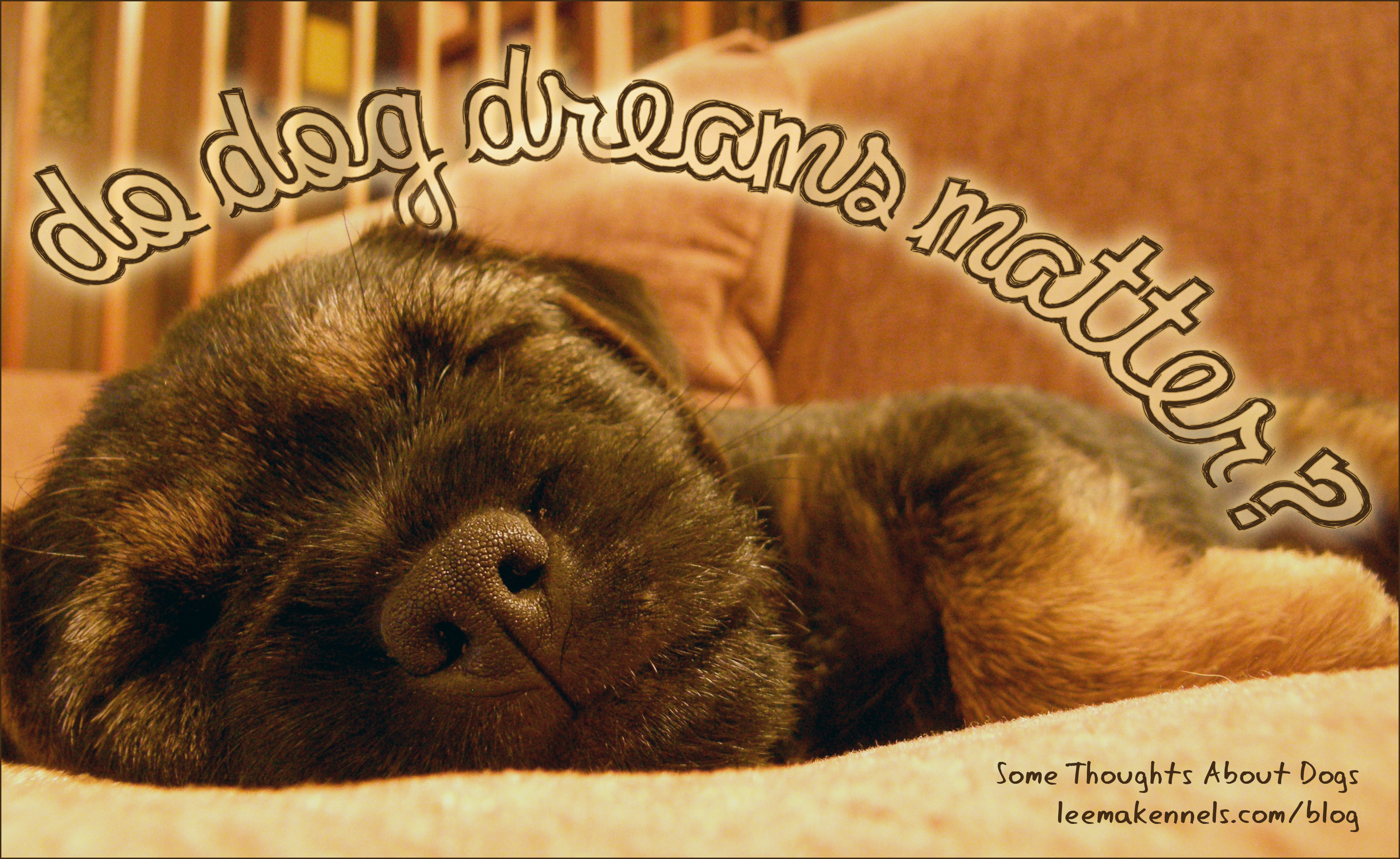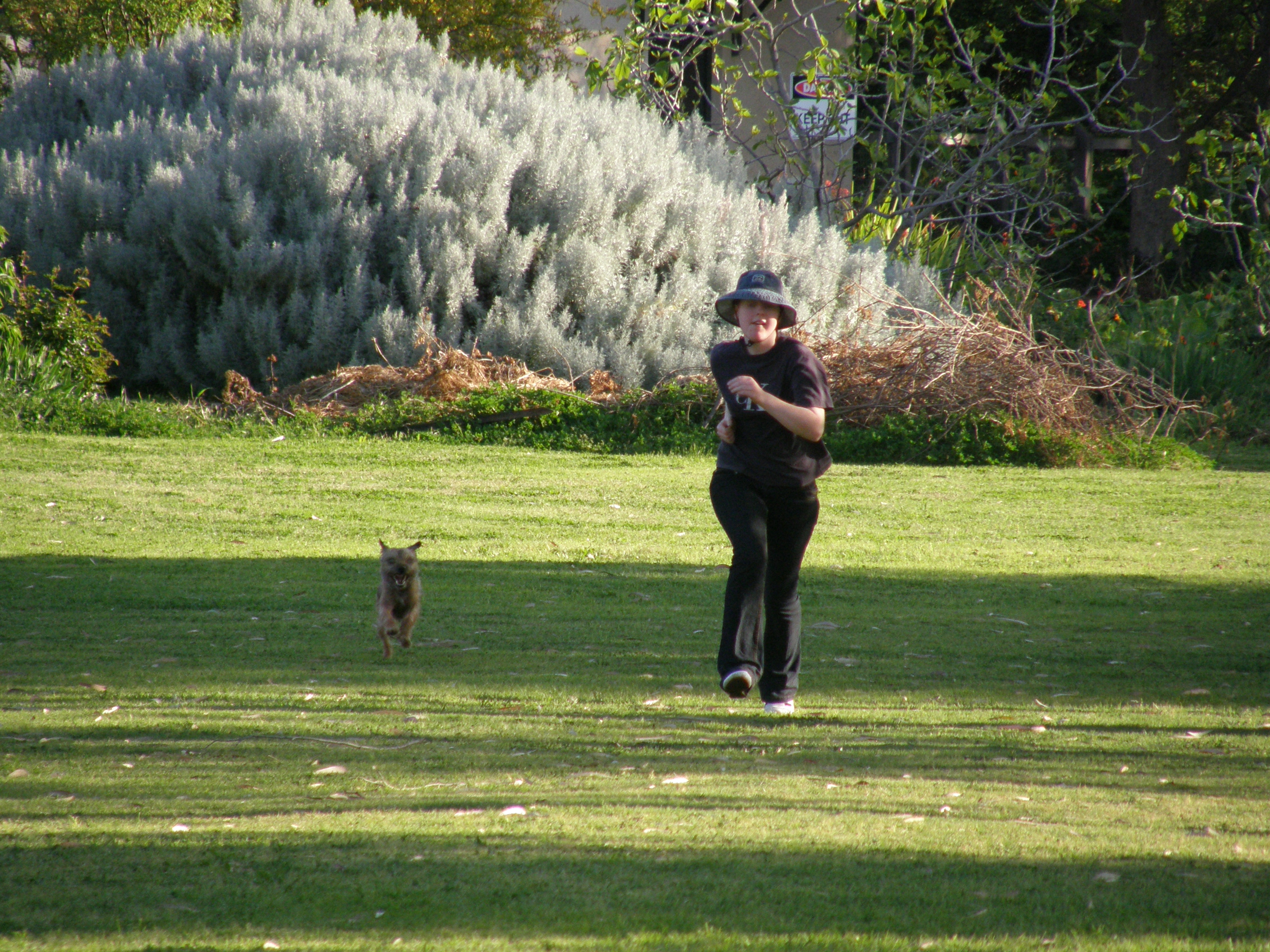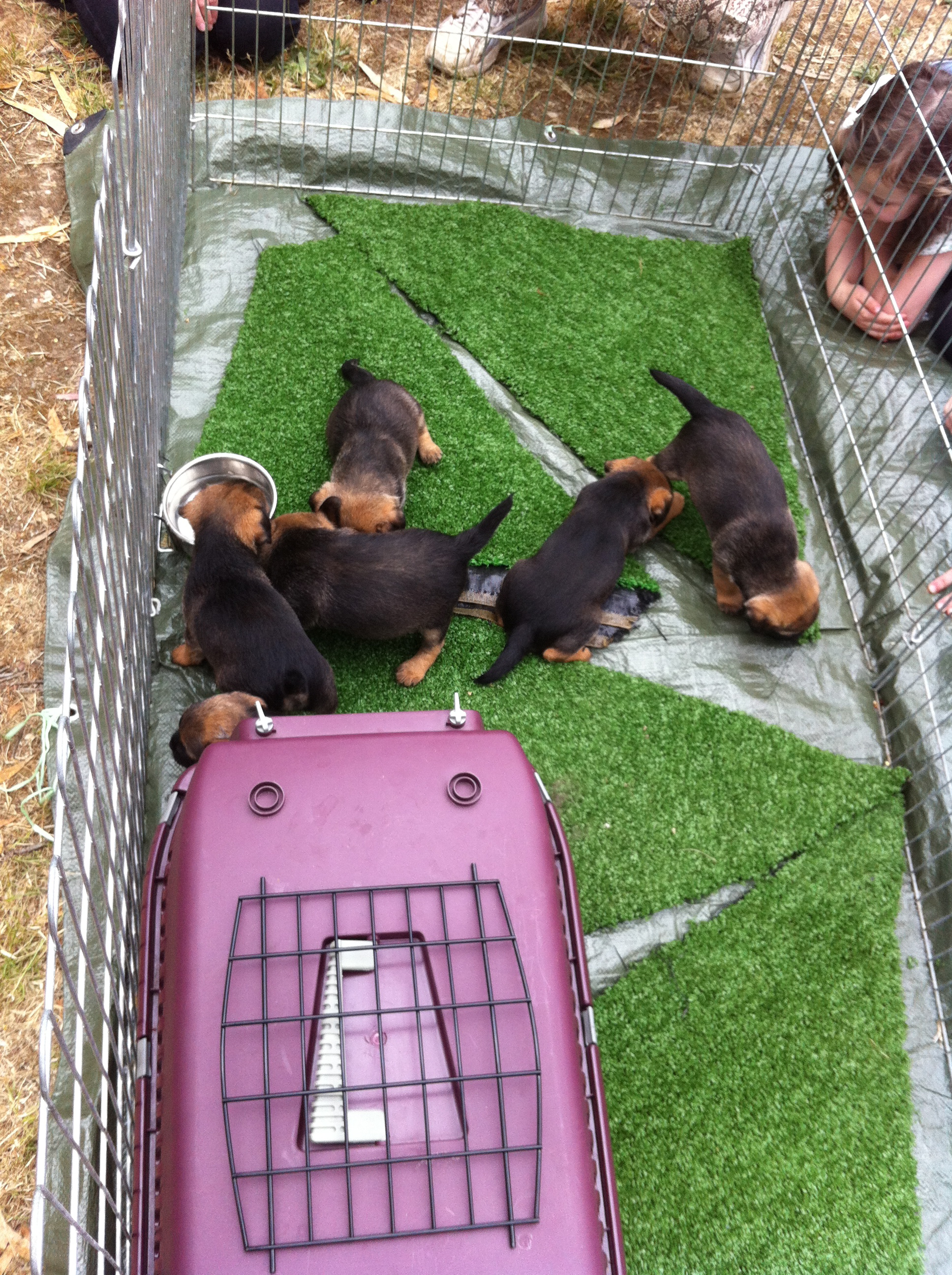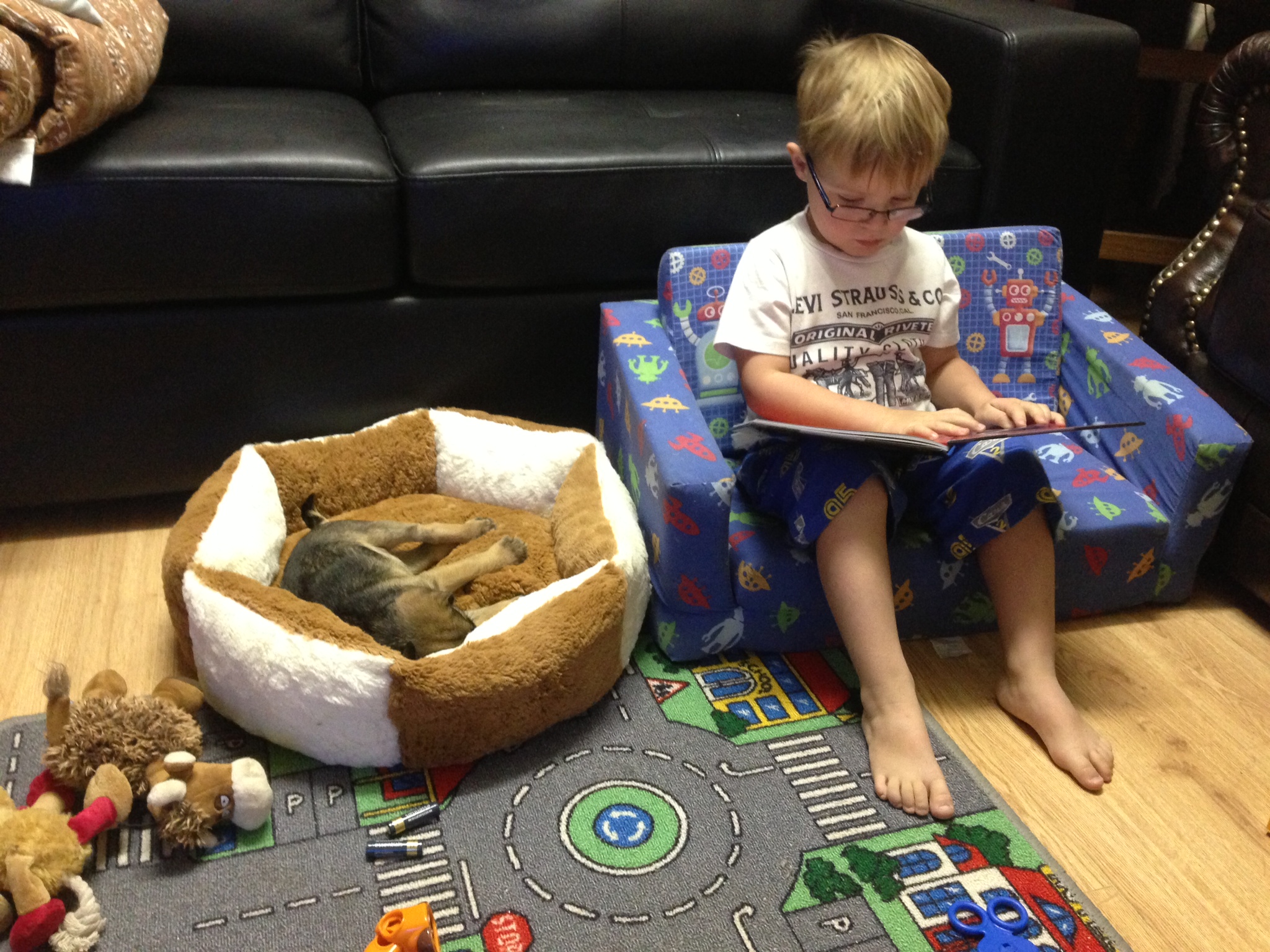How to Introduce Your Kids and Puppy
Exceptional Canine: Active Dog
How to Introduce Your Kids and Puppy
By the Editors of Exceptional Canine for Exceptional Canine

Your kids have been clamoring for a puppy for a while. Now the moment has come, and you can’t wait to introduce your kids to your new puppy.
But don’t let your eagerness and your kids’ excitement keep you from laying the proper groundwork for what should be a long and joyous relationship.
There are a number of steps you can take to make this a positive interaction.
Teach Kids to Respect Your Puppy
Like puppies, kids need boundaries. It’s up to you to establish how they’ll handle the family’s new addition. Consider these steps:
- Lay ground rules. Remind kids to be gentle. Demonstrate by petting their forearms and heads as you would your puppy. Ask them to practice by stroking your forearm and head. Set a policy about how and when they can pick up your puppy, and think like a kid to determine any other regulations: Plenty of kids have been tempted to dress poor puppies in doll clothes, for example.
- Ask for soft voices. Remind kids to talk in gentle, soothing voices, as they would to a baby. Your kids should never yell at your puppy, even if he makes a mistake. Explain that dogs can be startled by loud noises.
- Establish space. Teach kids to respect your puppy’s space, especially at mealtimes. Even the best-natured puppies might bite if they feel threatened.
- Teach patience. Remind kids to let the puppy come to them. Even the smallest child can spook a young dog if it reaches or grasps for the dog.
- Make rough play off-limits. Tail-pulling and teasing are neither funny nor cute, and these behaviors can lead to your puppy establishing bad habits, such as jumping up. And holding a toy just out of your dog’s reach isn’t kind.
When Puppy Comes Home
Now that you’ve laid the groundwork, aim for a smooth homecoming. Try these steps:
- Keep your home quiet and normal. Now is not the time to host a sleepover with a half-dozen shrieking preteens. Until your puppy settles in, avoid loud play dates or disruptions.
- Introduce your puppy gradually. Let your puppy experience your home one room at a time.
- Limit puppy-kid playtime. Keep interactions short and sweet — between 15 and 30 minutes, two to three times a day. Explain that puppies need plenty of rest.
- Supervise puppy-kid interaction. Always supervise interaction between your puppy and your kids, correcting behaviors as needed.
As you take the time to make this a positive
experience for both your kids and your puppy, remember: The lessons you teach
now will go a long way toward helping them bond for years to come.



 Dog bites are a lot more complex than simple ‘breed’. Families with children and dogs need to recognise that any child-dog interaction can end up in a bite, regardless of breed. However, there are a number of ways that dog bite risk can be minimised.
Dog bites are a lot more complex than simple ‘breed’. Families with children and dogs need to recognise that any child-dog interaction can end up in a bite, regardless of breed. However, there are a number of ways that dog bite risk can be minimised.
